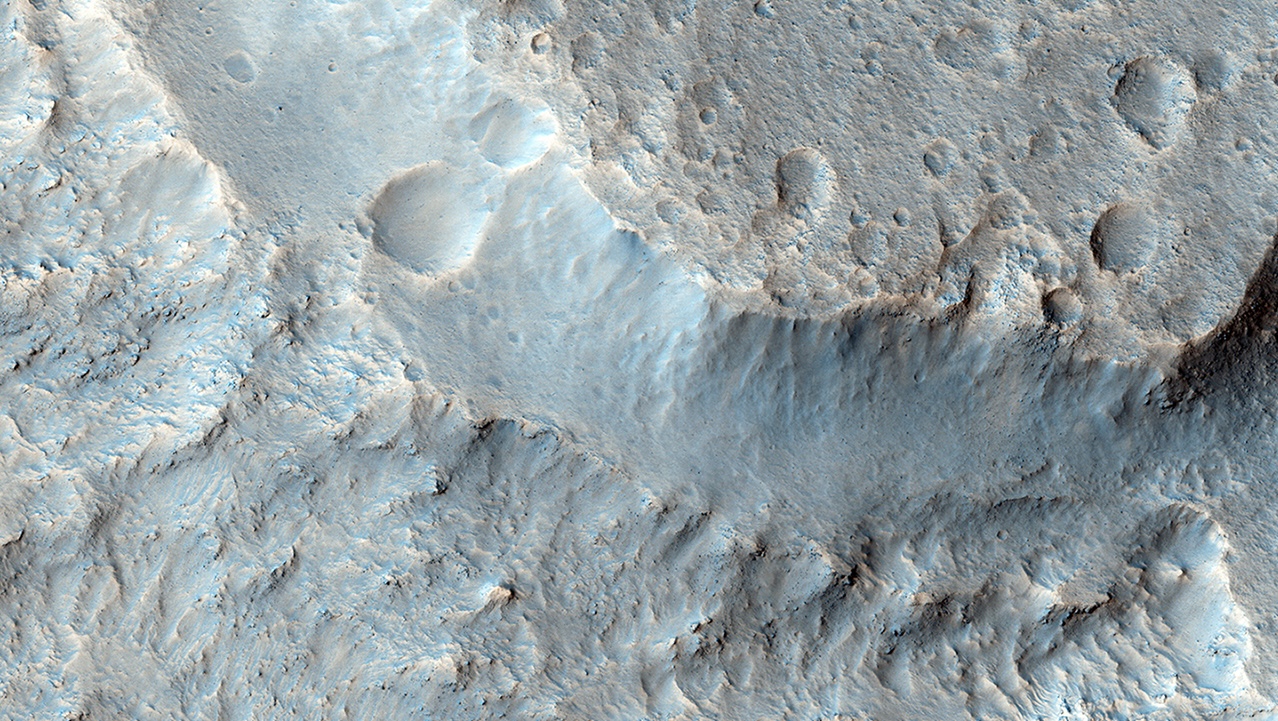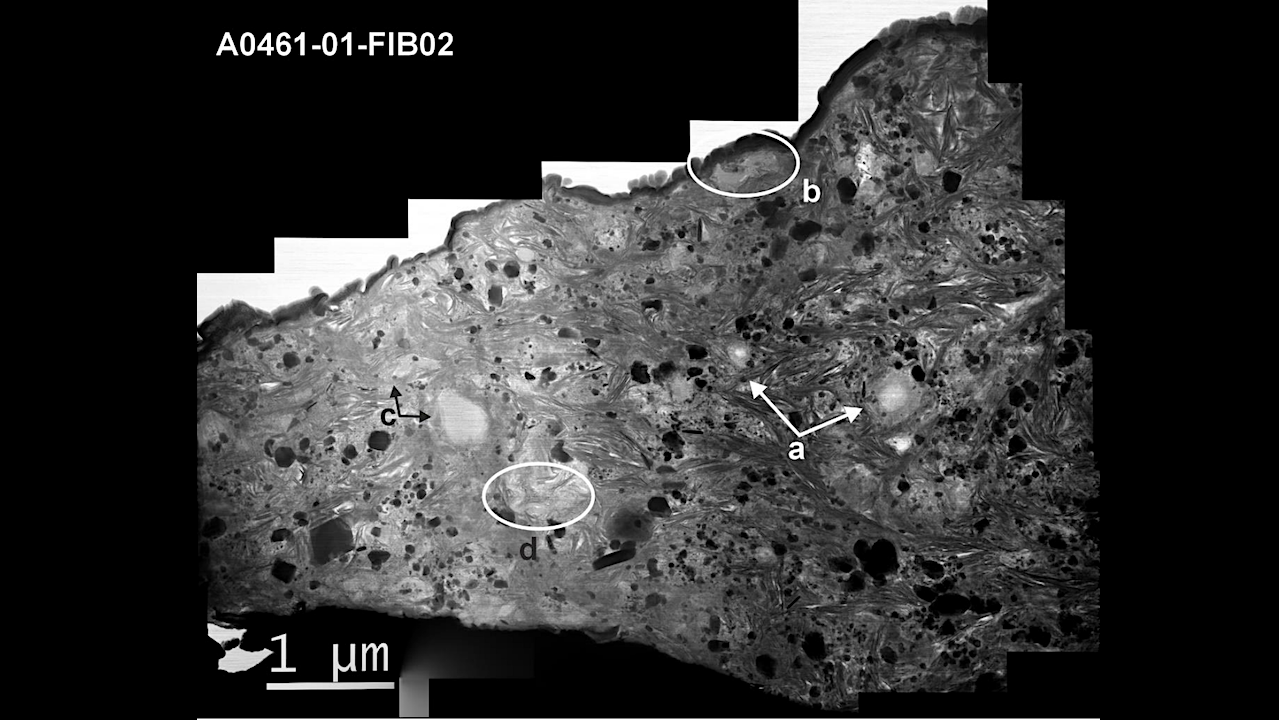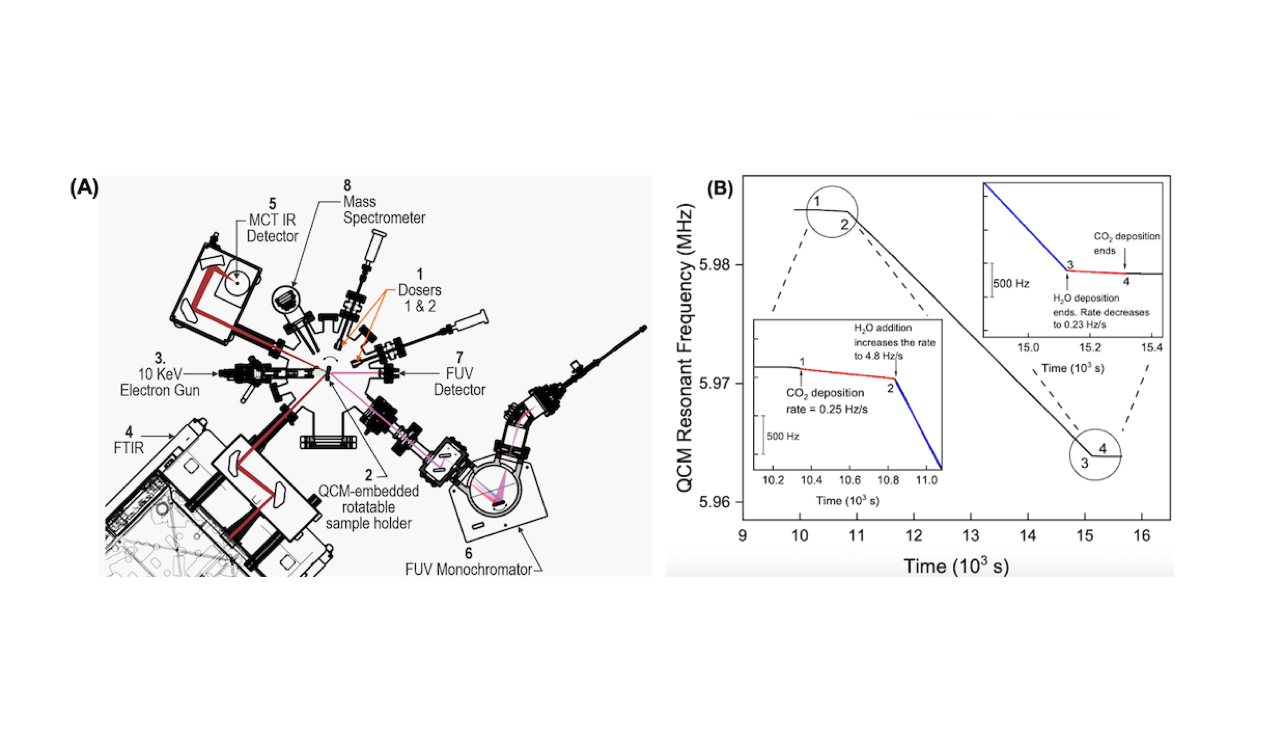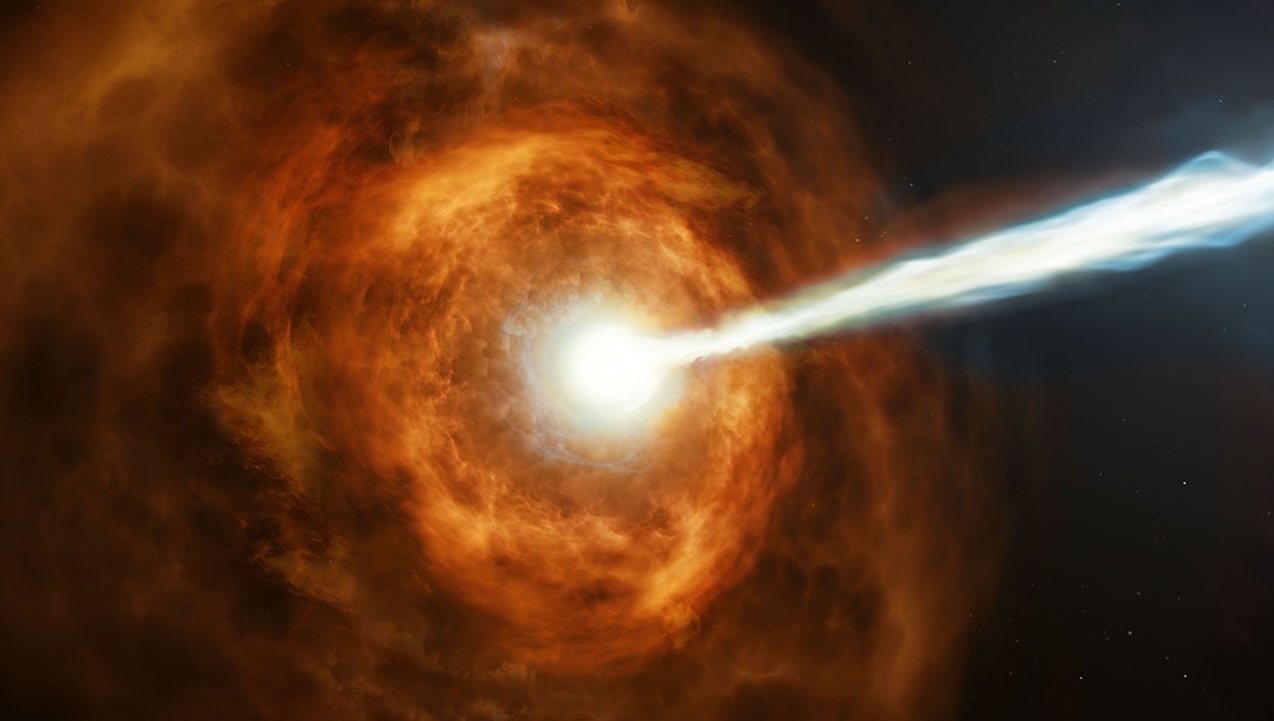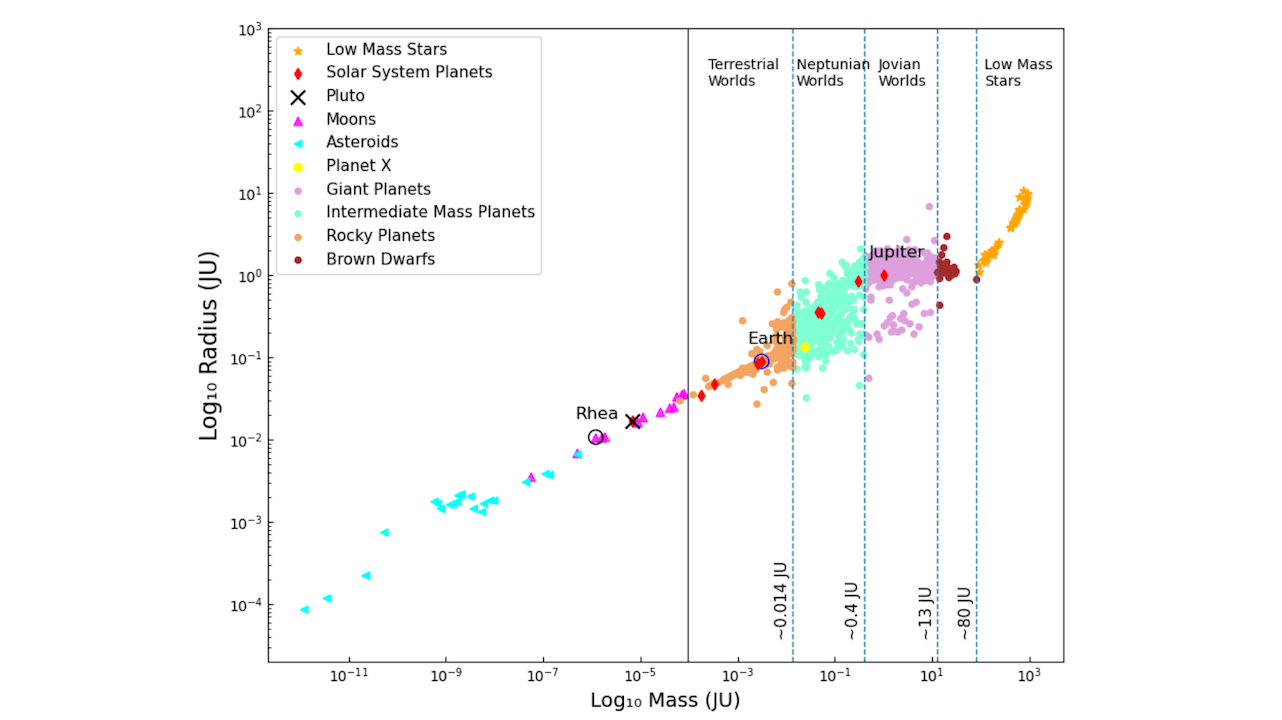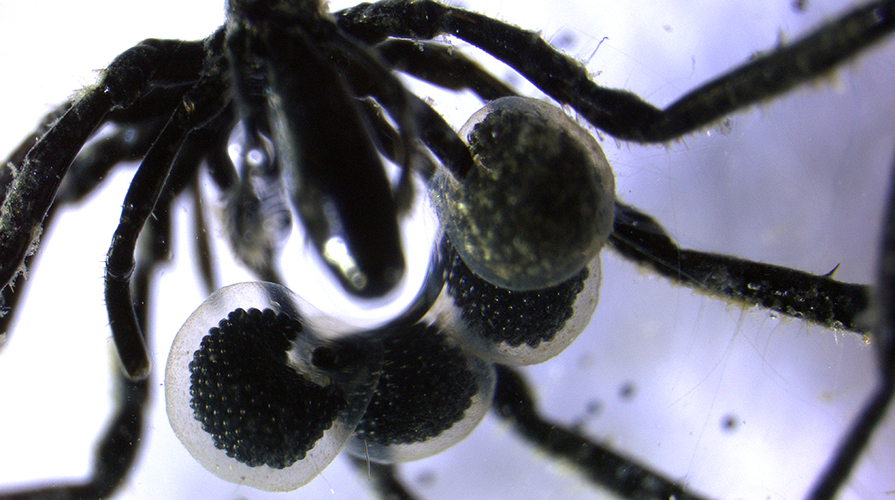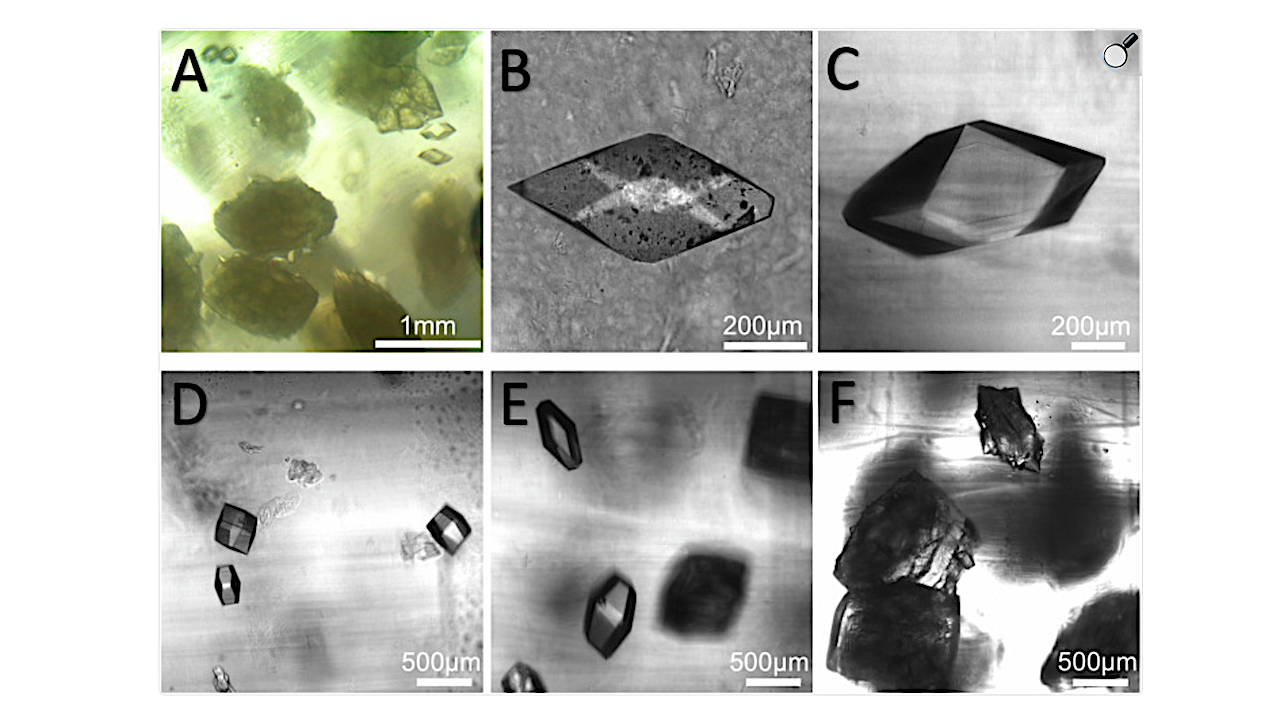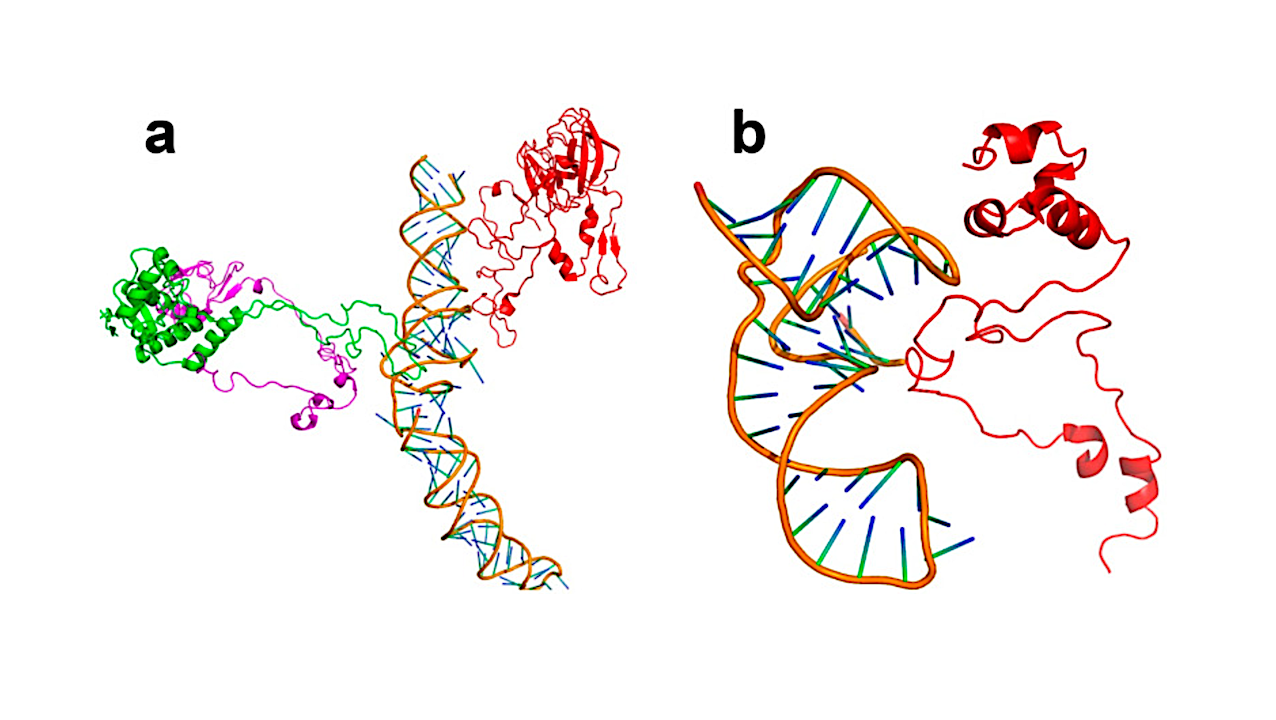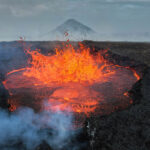Keith Cowing Explorers Club Fellow, ex-NASA Space Station Payload manager/space biologist, Away Teams, Journalist, Lapsed climber, Synaesthete, Na’Vi-Jedi-Freman-Buddhist-mix, ASL, Devon Island and Everest Base Camp veteran, (he/him) 🖖🏻 Follow on
Astrobiology86- Page
Stitched BF-STEM micrograph of sample A0461-01-FIB02 with the typical observed OM morphologies marked. a – globular OM in various sizes and textures, b – fragmented globular OM, c – irregular
A: Schematic of the ultra-high vacuum chamber used for electron irradiation experiments of Europan ice analogs. B: Shift in the resonant frequency of the QCM during co-deposition of H2O and
New observations from NASA’s Hubble Space Telescope have investigated the nature of the powerful gamma-ray burst GRB 190114C by studying its environment. Shown in this artist’s conception, gamma-ray bursts are
Mass-Radius plot of asteroids, moons, planets, brown dwarfs and low-mass stars. From nearly 5600 exoplanets listed in the PHL-HWC database, 1504 are categorized as terrestrial worlds (orange dots), 2609 as
Graphical abstract — ACS Earth and Space Chemistry Unraveling life’s origin involves finding environments that can form and preserve organic molecules, with hydrothermal systems offering a likely setting. Terrestrial mineral
A sea spider preserved in osmium tetroxide for the purpose of enhancing tissue contrast for electron microscopy. This male sea spider mated with two separate females. This is evident due
A Crystals in a cuvette with a 60 mg/ml protein concentration. The image was obtained by the camera installed in the bioassembler “Organ.Aut” on the ISS. B, C Typical crystals selected
Crystallization of bacteria and archaea. (A) Woese’s model. Phylogenetic analysis of rDNA revealed three domains of life, Bacteria, Archaea, and Eucarya. (a) Symbiosis between Archaea and α-Proteobacteria could yield Eucarya
The original role of proteins was to stabilize RNA, rather than to act as enzymes. (a) The peptidyl transferase center of the Escherichia coli ribosome . The figure shows the
-
 012024 in Review: Highlights from NASA in Silicon Valley
012024 in Review: Highlights from NASA in Silicon Valley -
 02Panasonic Leica Summilux DG 15mm f/1.7 ASPH review
02Panasonic Leica Summilux DG 15mm f/1.7 ASPH review -
 03How New NASA, India Earth Satellite NISAR Will See Earth
03How New NASA, India Earth Satellite NISAR Will See Earth -
 04And Thus Begins A New Year For Life On Earth
04And Thus Begins A New Year For Life On Earth -
 05Astronomy Activation Ambassadors: A New Era
05Astronomy Activation Ambassadors: A New Era -
06SpaceX launch surge helps set new global launch record in 2024
-
 07Space Force plans new ‘Futures Command’ amid pressure to speed up modernization
07Space Force plans new ‘Futures Command’ amid pressure to speed up modernization


